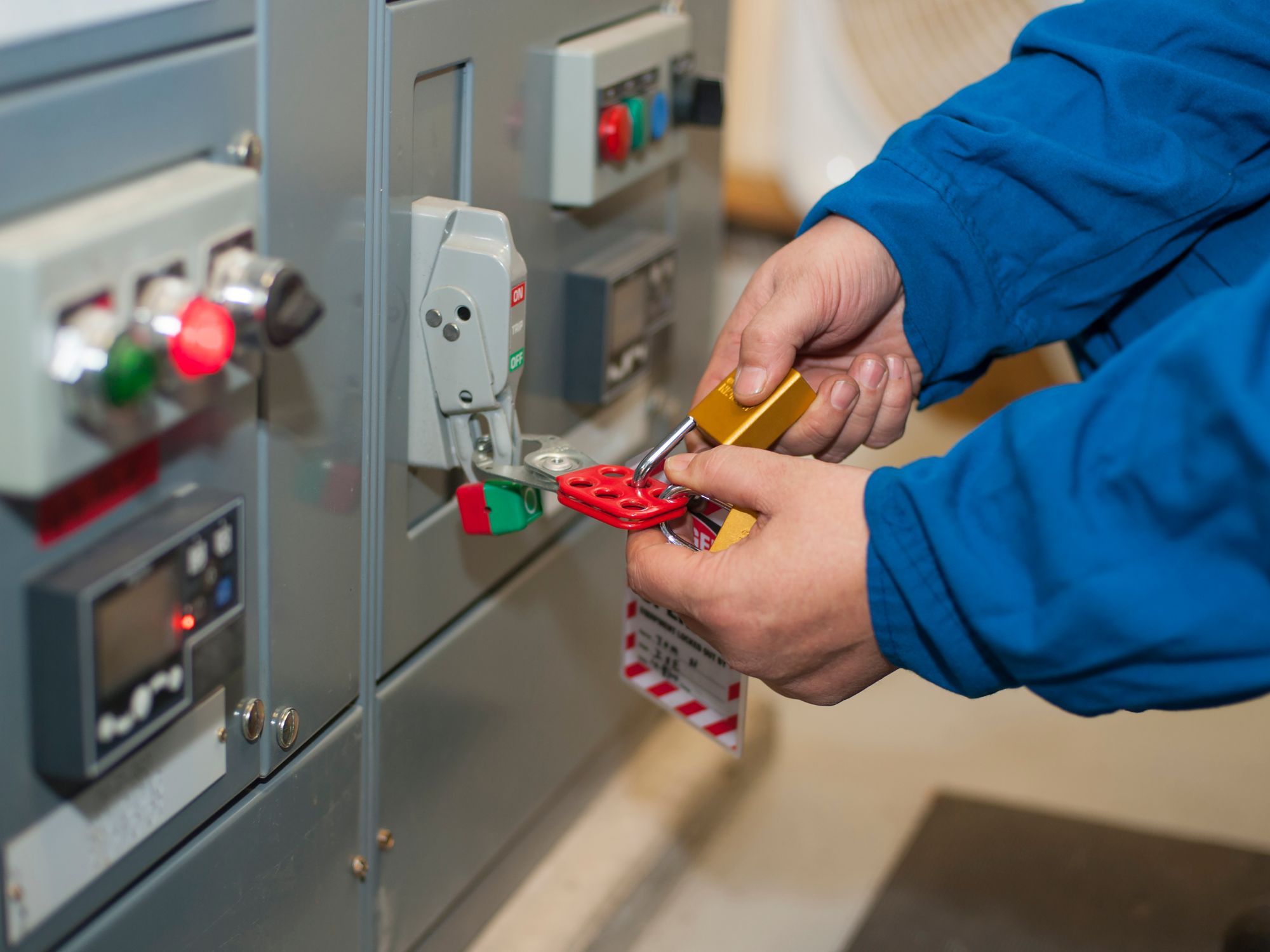Testing machines, equipment, or components

OSHA allows the temporary removal of lockout or tagout devices and the reenergization of the machine only in limited situations for particular tasks that require energization — for example, when power is needed to test or position machines, equipment, or components. However, this temporary exception applies only for the limited time required to perform the particular task requiring energization. Employers must provide effective protection from hazardous energy when employees perform these operations.
The following steps must be performed in sequence before reenergization:
- Clear tools and materials from machines.
- Clear employees from the area around the machines.
- Remove the lockout or tagout devices as specified in the standard.
- Energize the machine and proceed with testing or positioning.
- Deenergize all systems, isolate the machine from the energy source, and reapply energy-control measures if additional service or maintenance is required.
The employer must develop, document, and use energy-control procedures that establish a sequence of actions to follow whenever reenergization is required as a part of a service or maintenance activity, since employees may be exposed to significant risks during these transition periods.
